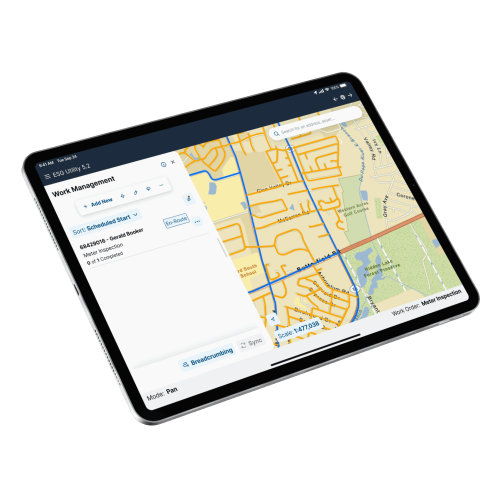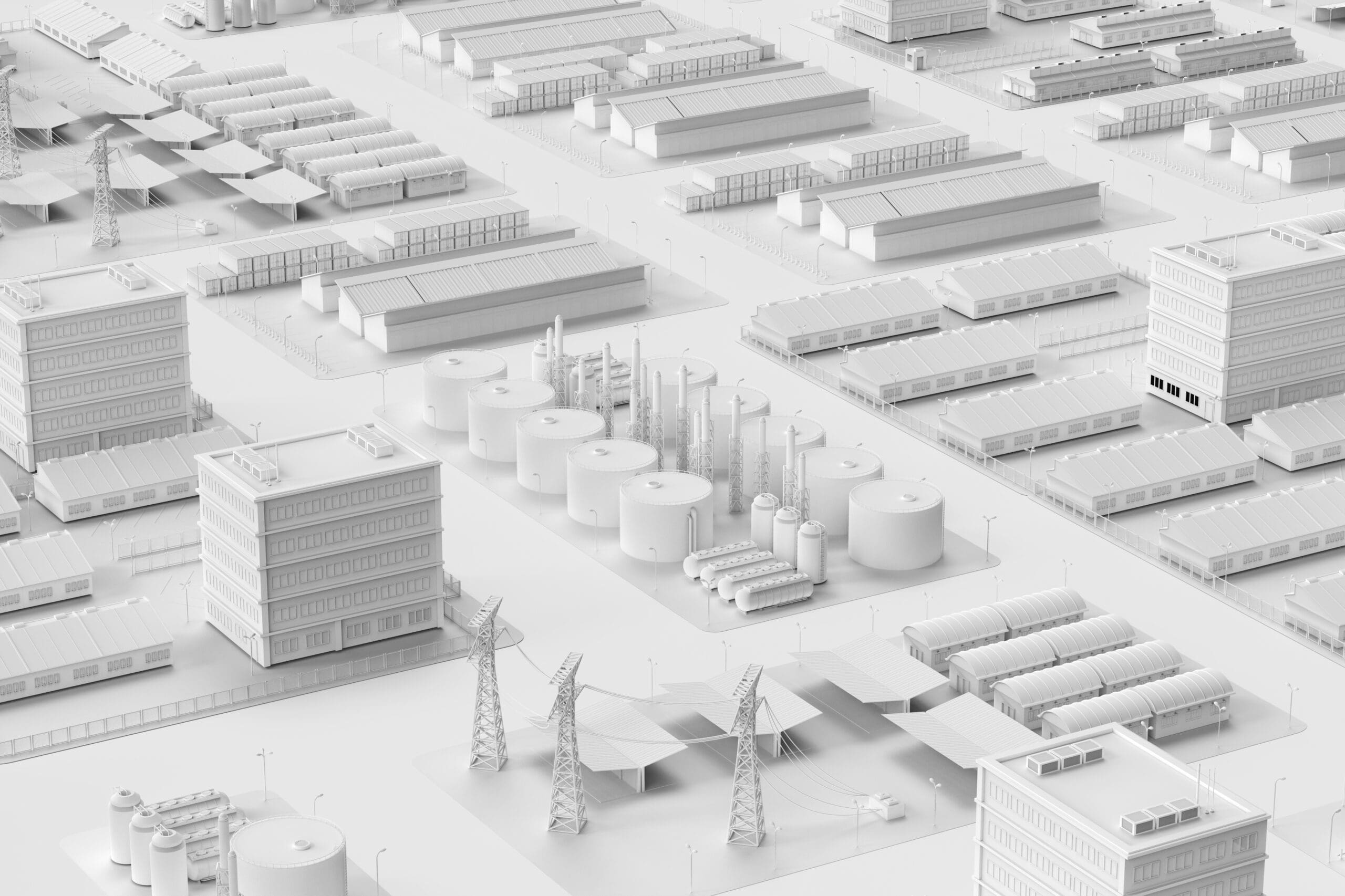Utilities are challenged to maintain reliability, safety, and efficiency, often across vast and complex service areas. From asset inspections and vegetation management to emergency response and compliance, the demands on field operations crews are constant and intense.
Without real-time visibility and data-driven insights, operations leaders are essentially flying blind. They risk delays, inefficiencies, and compliance issues that can impact the network’s integrity and the utility’s bottom line.
This is where powerful mobile workforce management platforms can make a measurable difference. By embedding robust reporting and analytics into daily field operations, utilities can turn raw data into actionable intelligence and transform how field operations work is done.
Why Do Reporting And Analytics Matter In Utility Field Operations?
Utility field operations are a high-stakes balancing act. Crews manage thousands of tasks every day, often in hard-to-access service areas. Every task generates data, from work order status updates and GPS locations to equipment usage and inspection photos. However, with paper processes and outdated legacy systems, it can be difficult to analyze and extract actionable insight from the raw data. Deploying a digitized utility workforce management platform can transform that challenge into an opportunity.
The key benefits of reporting and analytics for utility field operations are improved reliability, optimized workforce deployment, and safer, more efficient fieldwork:
- Improved reliability: Because map-based dashboards give real-time visibility into the network, leaders can immediately see issues with assets or networks, track crew locations, and monitor repair progress. The result is faster decision-making that reduces delays, speeds up service restoration time, and strengthens compliance reporting.
- Optimized workforce deployment: Unlike manual scheduling tools or spreadsheets, modern analytics can help utilities match resources to the highest-priority needs. Leaders can use historical outage data and current asset conditions to send the right crews with the right equipment, reducing unnecessary truck rolls and improving first-time fix rates.
- Safer, more efficient fieldwork. When inspection photos, GPS coordinates, and equipment data are aggregated, utilities can identify risks earlier. This means crews can be alerted to aging transformers or vulnerable assets and intervene proactively to prevent disruptions.
A workforce management platform with analytics helps utilities shift beyond simply reacting to issues as they occur. By identifying patterns and anticipating risks, back-office leaders and onsite field crews can make more strategic decisions that help prevent disruptions and improve service reliability.
Core Capabilities Utilities Should Look For in Reporting and Analytics Tools
To take advantage of these opportunities to transform field operations, utility workforce management platforms can include capabilities such as:
- Configurable reports: Because every utility team has different priorities, configurable reporting is essential. Tailored reports can highlight open work orders, crew productivity, or equipment usage to ensure each team gets the information that matters to them.
- Visual dashboards: Reporting dashboards give map-based views of assets, conditions, and crew locations. Compared to traditional lists, this powerful at-a-glance view provides real-time situational awareness, supporting faster and safer decision-making, especially during storms or emergencies.
- Comparative analytics: When performance is tracked by region, crew, or asset type, leaders can more easily identify patterns. Comparative analytics reveal trends and highlight best practices or underperforming areas, creating opportunities for continuous improvement across the organization.
- Predictive capabilities: Analytics tools can help flag overdue work or forecast future needs, such as which work orders are at risk of becoming overdue, so operations teams can intervene and avoid service interruptions and extend asset life.
- Permission controls: Role-based permissions ensure that individual users across a distributed workforce only have access to the data they need, protecting sensitive information and helping crews stay focused on their specific responsibilities.
The Asplundh Example: Turning Data into Action
Asplundh, one of the largest utility vegetation management and infrastructure services companies in North America, was tasked with completing high-volume pole inspections for a utility client. Its legacy system could not scale with the workload, and crews struggled to get real-time situational awareness and track their progress.
After adopting the EpochField workforce management platform with advanced reporting and analytics, Asplundh was able to see immediate, measurable results:
- Accurate situational awareness: Operations teams gained a single view of all ongoing and upcoming work.
- Faster, more accurate inspections: The new platform enabled crews to work more efficiently, leading to faster inspections with higher data accuracy.
- Boosted productivity: Operations leaders were able to track progress against goals in real time, allowing them to optimize crew deployment.
- Crew empowerment: Field crews could monitor completed work units that are directly tied to their compensation. This transparency and direct feedback made crews more engaged and efficient.
Asplundh’s experience shows that the right tools, analytics, and reporting don’t just inform leadership; they can also directly empower the crews doing the work.
The Strategic Benefits of Reporting and Analytics for Utilities
Reporting and analytics are not just operational tools. They are the foundation for stronger, more resilient utilities. Adopting a strategic, data-driven approach has a ripple effect across the whole organization:
- Improved reliability: Because data analysis quickly identifies asset risks or maintenance needs, utilities can address issues before they cause costly outages.
- Optimized workforce planning: Unlike manual scheduling, automated reporting and analytics ensure that crews are deployed where they will have the most impact, maximizing efficiency and responsiveness.
- Easier regulatory compliance: Automated documentation of inspections and maintenance creates an accurate audit trail, so compliance checks become faster and less resource-intensive while leadership gains confidence in the accuracy of field data.
- Greater operational agility: When storms or other emergencies strike, real-time dashboards show asset conditions and crew locations at a glance. This allows operations teams to respond faster, allocate resources more effectively, and restore service with greater speed.
- Cultural impact: As we saw with Asplundh, crews with access to modern digital tools work more efficiently and report higher job satisfaction, fostering a culture of continuous improvement that benefits the entire organization.
Conclusion
Reporting and analytics for utility field operations are no longer optional. They provide the essential foundation for greater reliability, faster response, safer crews, and stronger compliance. Mobile workforce management platforms like EpochField offer a configurable solution that can support and transform decision-making, enabling utility field operations to shift from guesswork to insight-driven action.
At Epoch Solutions Group, we work with utilities to configure solutions that meet today’s challenges and scale for tomorrow’s needs. Ready to see how a modern workforce management solution can help you?
See How Epochfield Can Transform Your Field Operations.

About Analytics & Reporting
Utilities that adopt modern reporting and analytics can deploy crews more effectively, reduce outages, improve safety and efficiency, boost reliability, simplify compliance, and respond faster in emergencies.
Prioritize tools with configurable reports, real-time dashboards, comparative and predictive analytics, and strong permission controls. These capabilities will drive measurable results.
They turn reactive operations into proactive ones by anticipating risks, which in turn improves safety, speeds service restoration, and strengthens the integrity of the network.
Moving from legacy systems or paper-based processes drives greater reliability, efficiency, compliance, and agility, together with supporting a cultural shift toward continuous improvement.




